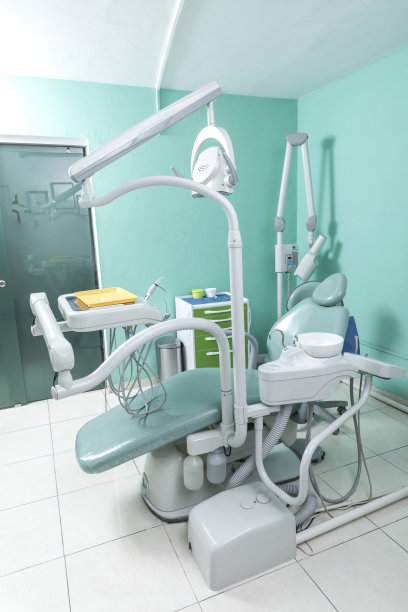The Comprehensive Guide to Understanding the Process and Aftercare of Extracting a Tooth for Optimal Oral Health
Summary: Understanding tooth extraction is vital for effective oral health management. This comprehensive guide delves into the procedure, covering its stages, benefits, risks, and essential aftercare. Each section is designed to equip readers with necessary knowledge to ensure a smooth experience, emphasizing proper care to promote healing and avoid complications. By being well-informed, one can prepare adequately for tooth extraction and recognize the importance of post-operative care in achieving optimal oral health. This article serves as a critical resource for anyone facing dental extraction, ensuring they know what to expect before, during, and after the process.
1. Stages of the Tooth Extraction Process

The tooth extraction process typically begins with a thorough evaluation by the dentist. This evaluation includes a physical examination, X-rays, and a discussion of the patients medical history. Understanding the specific condition of the tooth is essential for deciding on the extraction method and ensuring that the patient is ready for the procedure.
The next stage involves anesthesia administration. Dentists often use local anesthesia to numb the area around the extraction site, ensuring the patient is comfortable and pain-free during the procedure. In some complex cases, general anesthesia may be advised, especially if multiple teeth are being removed.
2. Benefits of Tooth Extraction for Oral Health
Tooth extraction is often necessary for several reasons, including severe decay, overcrowding, or periodontal disease. Removing compromised teeth can prevent further dental complications and preserve the health of surrounding teeth, enhancing overall oral hygiene.
Another benefit is reduced risk of infection. Decaying teeth can harbor harmful bacteria, which may lead to infections that affect other areas of the mouth and even extend beyond it. Extracting such teeth can help eliminate this risk and foster a healthier oral environment.
Moreover, tooth extraction can alleviate discomfort. Patients suffering from severe tooth pain due to damage or decay often find that extraction brings immediate relief. This procedure can bring valuable comfort and peace of mind, allowing for a more enjoyable quality of life.
3. Potential Risks Associated with Tooth Extraction
While tooth extraction is generally safe, it does carry some potential risks that patients should be aware of. One common risk is pain or swelling following the procedure. Although this is usually temporary, it is crucial to follow aftercare instructions closely to manage discomfort effectively.
Another concern is dry socket, a condition where the blood clot at the extraction site fails to form or is dislodged. This can lead to severe pain and delay healing. Patients are advised to avoid certain activities, such as smoking or sucking through straws, in the days following the extraction to mitigate this risk.
Lastly, there is a possibility of infection following the procedure. Symptoms may include increased pain, swelling, or discharge at the site. Prompt attention is essential if these symptoms arise, underscoring the importance of thorough aftercare and communication with the dental provider.
4. Essential Aftercare for Optimal Healing
Proper aftercare is critical for a successful recovery post-extraction. First and foremost, patients should rest adequately and avoid strenuous activities for at least the first 24 hours. This allows the body to focus its energy on healing and minimizes the risk of complications.
Diet plays an essential role in recovery as well. Patients are encouraged to consume soft foods and plenty of fluids while avoiding hot, spicy, or hard foods that could irritate the extraction site. Hydration is important, but it is advisable to avoid using straws, which can disturb the blood clot and potentially lead to dry socket.
Lastly, adhering to prescribed pain management and follow-up appointments is crucial. Patients should take any medications as instructed and monitor their recovery. If complications arise, contacting the dentist promptly can help address issues before they escalate, ensuring a smooth healing process.
Summary:
In conclusion, understanding the process and aftercare of tooth extraction is essential for anyone facing this dental procedure. From the detailed stages of extraction to the potential risks and the vital importance of post-operative care, knowledge empowers patients to make informed decisions and promote optimal healing.
By embracing good practices and following dental advice, patients can enhance their oral health and prevent future dental issues effectively.
This article is compiled by Vickong Dental and the content is for reference only.


